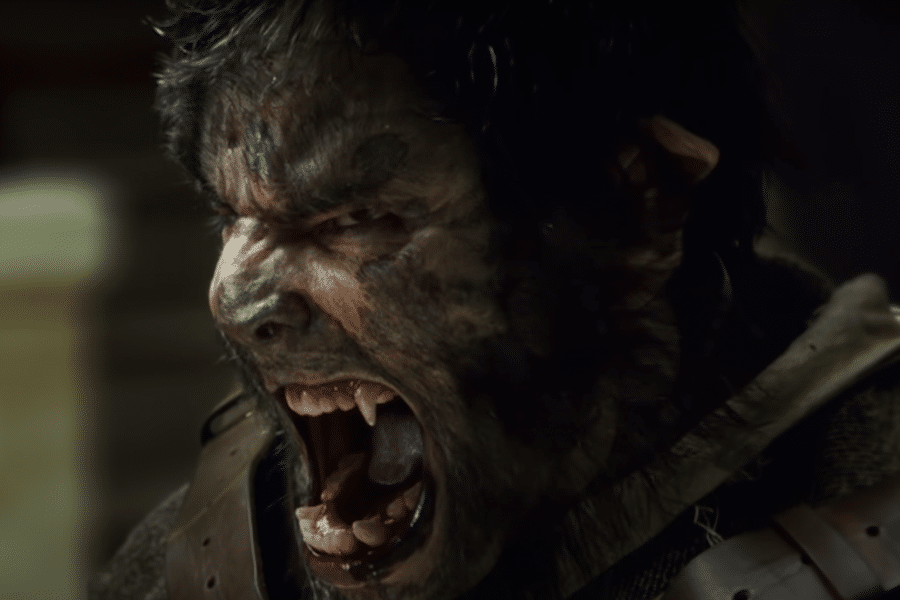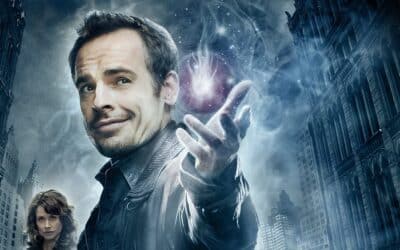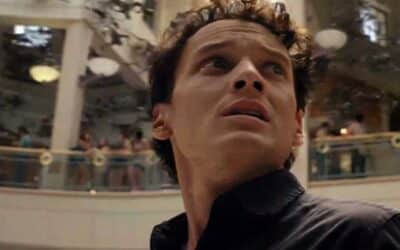
Shapeshifting Creatures
Shapeshifting creatures have always held a peculiar allure in the realm of horror. Their unpredictability, the element of surprise they bring, and the profound questions they raise about identity have captivated minds for ages. As these creatures have transitioned from folklore to books and finally to the silver screen, their mystique has only grown.
Perhaps one of the most iconic shapeshifting creatures in literature is Dracula. Penned by Bram Stoker in 1897, the Count is no ordinary vampire. While he’s best known for his thirst for blood, it’s his ability to morph into bats, wolves, and even mist that truly intensifies his terror. This chameleon-like ability to blend into his surroundings gives him an unmatched predatory edge, making the hunt even more thrilling. Films like “Dracula” (1931) and “Bram Stoker’s Dracula” (1992) embraced these chilling transformations, making the Count’s appearances on screen as unsettling as his literary inception.
Speaking of wolves, the werewolf is another prime example of horror’s fascination with shapeshifters. The very thought of a human turning into a ferocious beast under the moon’s influence has been the stuff of nightmares. Books like “The Last Werewolf” by Glen Duncan give readers an intimate look at the psyche of such creatures, torn between human sensibilities and animalistic urges. The silver screen adaptations, such as “An American Werewolf in London” (1981) and “The Wolfman” (2010), add a visceral quality to the transformation scenes, making the audiences squirm in their seats.
Then, there are the less traditional, more avant-garde shapeshifters like John Carpenter’s alien monster in “The Thing” (1982). An extraterrestrial entity with the ability to imitate any living being, its horror lies in its unpredictability. No one is safe; anyone could be “The Thing.” This edge-of-the-seat suspense of not knowing who the real enemy is makes it a standout in the pantheon of shapeshifting monsters. Though the movie was an adaptation of John W. Campbell Jr.’s novella “Who Goes There?”, Carpenter’s take on the shapeshifter elevated it to a new level of terror.
Among the older myths that have been revived with a shapeshifting twist is the tale of the Selkie – seals that can shed their skin to become humans. Evoking a melancholic charm, these creatures often grapple with themes of love, loss, and identity. The novel “The Sea Wife” by Margaret Barrington beautifully explores these themes, while movies like “Song of the Sea” (2014) bring the Selkie myth to life in animated brilliance.
But why this obsession with shapeshifting monsters? Well, they challenge the very essence of identity. Who is one really if they can become someone else? These creatures blur the lines between friend and foe, between human and monster. Their mutable nature also reflects the duality of man – the eternal struggle between the civilized and the wild, the rational and the irrational. Every transformation, whether it’s Dr. Jekyll turning into Mr. Hyde or the quiet neighbor becoming a night-stalking werewolf, forces a confrontation with the dual nature of existence.
Movies and books, with their unique mediums, approach these themes differently. While literature lets readers dive deep into the psyche of these creatures, films offer a more visceral experience of their terrifying transformations. Whether it’s the crackling of bones during a werewolf transformation or the eerie calm of Dracula morphing into a bat, visual adaptations have a way of leaving lasting impressions.
Interestingly, the allure of these creatures isn’t limited to horror alone. They’ve made their way into other genres, be it romance, fantasy, or drama. This cross-genre migration speaks volumes about their versatility and the deep-seated human fascination with metamorphosis.
As tales of shapeshifting creatures evolve, their core essence remains constant: they are mirrors reflecting the complexities of the human psyche. They prompt introspection, challenge norms, and continually redefine the boundaries of identity. Whether one prefers the written word’s depth or the cinematic world’s dynamism, these monsters, with their ever-changing forms, will continue to intrigue, horrify, and mesmerize.
More Supernatural Thriller Features
Paranormal Cozy Mysteries
Blending the Supernatural with the Serene
Magical Thrillers
Where thriller and magic collide
Clairvoyants in Fiction
Clairvoyance in the Whodunit and the Thrill-a-Minute



